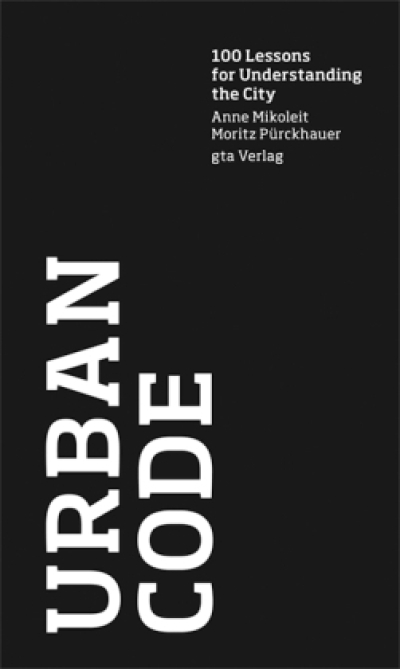
Autotelic Architect: Changing world, changing practice
Autotelic Architect explores how movements towards more self-initiated projects, greater collaboration and design activism have changed how architects and designers are practicing, as well as the kinds of projects they are working on. Similar to the autotelic self that transforms potential problems into enjoyable challenges, the Autotelic Architect does not avoid societal changes, but instead learns to harness their creative potential. Using new research and case studies from past and present, the author analyses the educational and professional implications of operating as a non-conventional progressive participatory design practice. Drawing on a range of global case studies of pioneering architects in the field, she reflects upon current and future trends at local, national and international level, and additionally examines marketing and practical issues for architects. Illustrated with more than 30 black and white images, this is a compelling read for any practicing architect. "
Easy though it is to despair of the architectural profession, whether from the inside or out, Autotelic Architect gives us reason for hope. It shows how the smart, creative, proactive designer with a grounded sense of global responsibility can make a real contribution to resolving some of the key issues facing human society and make a living from it.' - Roger Kelly, Architect and former Director, Centre for Alternative Technology, UK
'Autotelic Architect addresses the underlying causes of current challenges in the built environment, including the way architects are taught and the changing roles of the profession. Sumita Sinha s radical overview is concerned with the business of architecture, providing insight into how the profession can be taught and practiced to make it more rewarding in terms of both profitability and societal worth. This book reveals international and historical perspectives from both sides of architecture s divides academia and practice- to demonstrate how architecture and architects can and must survive.' -Dr Mike McEvoy, former Professor of Architecture, University of Brighton, UK
"This overdue book takes a fresh look at the purpose of an architectural education, how architects can use their skills both to satisfy their own business needs and for the wider good. This involves an understanding of what architecture is and what architects do." - Peter Murray, from the Preface to the book
"It is indeed a rapidly changing world for the practice of architecture, with disruptive digital technologies, new social, economic and political orders and increasing environmental challenges. Sumita Sinha's book Autotelic Architect is a very timely, pertinent and valuable analysis of this changing world and what it means for the practice of architecture and other related professions. A 'must-read' book to survive and thrive in our new futures." - Richard Brindley, Director R Brindley Consult Ltd, UK "
Über den Autor und weitere Mitwirkende
Sumita Sinha is an alumni of five architecture schools from two continents, including Delhi, Cambridge, London South Bank, Manchester and Westminster. She has designed furniture and buildings, and has worked and taught in the fields of sustainable design, conservation and planning for over 20 years in nine countries. She has set up an architectural charity, Charushila. She has been associated with RIBA for over 20 years in various capacities, including setting up its equality forum and as a Council member. Currently she is also a non-executive director of Moorfields NHS Foundation Trust. This is her second book.

































































































